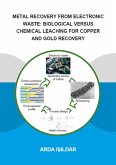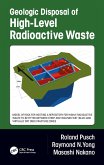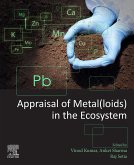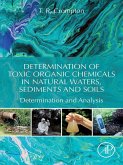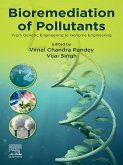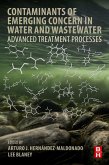Emerging Nanomaterials for Recovery of Toxic and Radioactive Metal Ions from Environmental Media covers nanomaterials used in the environmental remediation of sites contaminated by toxic or radioactive heavy metals. The book comprehensively covers the use of MOF-based nanomaterials, COF-based nanomaterials, MXene-based nanomaterials, nZVI-based nanomaterials and carbon-based nanomaterials in remediation techniques and details the main interaction mechanisms between toxic/radioactive metal ions and the described novel nanomaterials through kinetic analysis, thermodynamic analysis, spectroscopic techniques and theoretical calculations. It provides a thorough reference on the use of the described novel nanomaterials for academics, researchers and advanced postgraduates in the environmental sciences and environmental chemistry.
- Provides a comprehensive and systematic reference on various novel nanomaterials that are available for use in the treatment of heavy metal ions and radioactive wastes
- Presents the latest knowledge on the interaction of toxic and radioactive metal ions with novel nanomaterials, including how to choose different materials for specific uses
- Covers the principles and functionalization of nanomaterials in environmental remediation, enabling an understanding of methodologies and best choice in nanomaterials
Dieser Download kann aus rechtlichen Gründen nur mit Rechnungsadresse in A, B, BG, CY, CZ, D, DK, EW, E, FIN, F, GR, HR, H, IRL, I, LT, L, LR, M, NL, PL, P, R, S, SLO, SK ausgeliefert werden.



